Similar presentations:
Hormonal drugs
1. Hormonal drugs
GLUCOCORTICOIDSMINERALOCORTICOIDS
SEX HORMONES
ANABOLIC STEROIDS
2.
Hormones are biologically active substances, produced bythe endocrine glands. They regulate various functions of the
body.
Hypofunction or hyperfunction leads to the development of
diseases. Failure of pancreatic gland leads to the
development of diabetes mellitus, parathyroid glands failure
causes hypocalcaemia and convulsions. Insufficiency of the
antidiuretic hormone of the posterior pituitary lobe leads to
diabetes insipidus. Hyperfunction of the thyroid gland causes
hyperthyroidism or Basedow’ disease, hyperproduction of
the somatotropic hormone leads to acromegaly.
3.
Types of hormonal therapySpecific:
A. Replacement therapy for the treatment of the failure of
endocrine gland. (Insuline for the treatment of diabetes
mellitus)
B. Stimulating therapy (adrenocorticotropic hormone
stimulates glucocorticoid production)
C. Inhibitory or suppressive (oral contraceptives inhibit the
production of gonadotropic hormones of the pituitary gland)
Non-specific: glucocorticoids as anti-inflammatory and antiallergic agents
4.
Hormones drugs are obtained from the organs andurine of animals. In this case the activity of drug is
evaluated by biological standardization and measured
in action units.
Genetic engineering methods are widely used to
obtained hormones.
Many hormones and their derivatives are synthesized.
Some derivatives are different from the natural
hormones in their structure and have additional
properties.
5.
Hypothalamus and pituitary hormones.The hypothalamus produces releasing or inhibitory factors.
They control the production and release of pituitary
hormones.
The pituitary (hypophysis) consists of three lobes: anterior,
posterior, intermediate. The anterior lobe contains glandular
cells (adenohypophysis) and produces tropic hormones
(adrenocorticotropic, somatotropic, thyrotropic, folliclestimulating, luteinizing, lactotropic). They regulate work of
peripheral glands.
Synthesis and release of the hypothalamic factors and
adenohypophyseal hormones are regulated by the feedback
mechanism.
6.
7.
Activity of the hypothalamusand pituitary depends on the
concentration of the hormones
that circulate in the blood. A
reduction in the concentration
of hormones in the blood
stimulates the hypothalamic –
pituitary system, whereas an
increase
in concentration is
associated with an inhibitory
effect.
8. Natural hormones of the adrenal cortex (they have steroid structure)
Glucocorticoids:hydrocortisone, corticosterone
Mineralocorticoids:
aldosterone,
deoxycorticosterone
Sex hormones:
Androsterone,
estron, progesterone
9.
Mineralocorticoids interact with the receptors that arelocalized inside the cells. They enhance the synthesis of
protein-carriers of sodium in the distal parts of the
nephron.
They increase the reabsorption of sodium ions and isosmotic
amounts of water, the sensitivity of vessels to
catecholamines, the sensitivity of skeletal muscle to
acetylcholine, muscular tone and efficiency.
Drugs: Desoxycortone (Deoxycorticosterone acetate) – oil
solution, tab. under the tongue; Fluorohydrocortisone
acetate is taken orally.
10.
Indication for use: chronicfailure of the adrenal
cortex, myasthenia,
adynamia.
Side effects: edema,
swelling of the body
tissues, ascites,
hypertension.
Antagonist: spironolactone.
11.
GlucocorticoidsA. Natural: Hydrocortisone
B. Synthetic
Dehydrated: Prednisolone, Methylprednisolone
Fluorinated:
Dexamethasone Triamcinolone
Difluorinated: Fluocinolone acetonide (Sinaflan)
Trifluorinated: Fluticasone
Chlorinated: Beclomethasone (Becotide)
12.
The introduction of 2 atoms of fluorine or chlorine intothe molecules of glucocorticoids reduces their ability to
absorb, and they are applied externally or in the form of
inhalation.
Glucocorticoids are used in the form of salts. The
succinates and hemisuccinates are water-soluble. They
are injected IV or IM for emergency indications.
Acetates and acetonides are poorly soluble. They are
used in the form of ointments. They can be used
intramuscularly or in the joint cavity also.
13.
Glucocorticoids bind to blood proteins.Hydrocortisone binds to blood proteins
(transcortin and albumin) by 90%, the free
fraction is 10%.
Synthetic preparations bind to protein by 60-70%,
and the free fraction is 40%. It promotes more
rapid and complete penetration of GC in tissues
and cells, increases the activity and prolongs their
action.
14.
Synthetic preparations have less effect on water-saltmetabolism. They are more important as drugs of nonspecific therapy. They are stronger and more durable.
Drug
Hydrocortisone
Prednisolone
Triamcinolone
Dexamethasone
Comparative
activity
1
4
5-7.5
20-30
Duration of action
8-12 h
18-36 h
up to 48 hours
up to 72 hours
15.
Effects on metabolismGlucocorticoids act intracellular. They interact with
specific receptors in the cellular cytoplasm. The
receptor becomes activated and this leads to its
conformational alterations.
The complex “steroid+receptor” penetrates into the
nucleus of the cell and binds with the DNA. It
stimulates the production of specific mRNA that
affects the synthesis of proteins and enzymes.
16.
Carbohydrate metabolism: They increase glucose level inblood. They inhibit hexokinase, ↓the utilization of
glucose, ↑gluconeogenesis, ↑glycogen deposition in the
liver. Glucocorticoids can cause steroid diabetes mellitus
Protein metabolism. They accelerate protein catabolism
(negative nitrogen balance) and inhibit protein synthesis.
They delay the regenerative processes, and growth of
children.
They improve protein synthesis in the liver
(erythropoietin,
surfactant,
lipomodulin,
insulin,
histaminase), antitoxic liver function. Glucocorticoids are
used in the treatment of hepatitis, acute poisoning.
17.
Fat metabolism. They cause the redistribution of fat(Cushing syndrome): accumulation of a considerable
amount of fat on the face (crescent-shaped face), dorsal
part of the neck and shoulders .
Water-salt metabolism. They retain sodium in the body
(reabsorption in the renal tubules is increased), increase
the secretion of potassium and calcium. Due to the
retention of sodium there is an increase in the plasma
volume, blood pressure. Osteoporosis can occur.
18.
19.
20.
«Non-specific» effects ofglucocorticoids
Anti-inflammatory (SAID)
Anti-allergic and
immunosuppressive
Antitoxic
Anticancer (leukemia)
Effect on the cardiovascular
system
21.
Effects on the cardiovascular system:↑blood volume;
reduce release, but increase the breakdown of histamine;
↑the sensitivity of receptors to catecholamines;
Normalize microcirculation; improve AV conduction, ↑
heart rate. ↑blood pressure.
Glucocorticoids are applied in shock of any origin, sepsis,
hypoxia, cerebral edema, intracranial hemorrhages,
intoxication, hepatitis and cirrhosis.
Natural glucocorticoids are used in acute and chronic
adrenal insufficiency (Addison's disease).
22.
Effects on hematopoiesisGlucocorticoids increase the amount of reticulocytes
and erythrocytes. They are used for the treatment of
hypo - and aplastic anemia, hemolytic anemia.
They increase the number of neutrophils, reduce the
amount of eosinophils, lower the number of
lymphocytes, mass of thymus, lymphadens. They are
used in the treatment of leukemia.
23.
24.
Anti-inflammatory effectGlucocorticoids induce biosynthesis of special proteins –
lipocortins. They inhibit phospholipase A2. The production
of prostanoids, leucotriens and the platelet-activating
factor (PAF) is reduced. They suppress all stages of
inflammation and they are active in hyperergic inflammation
also.
Influence on stages of inflammation: 1. Alteration. They
reduce tissue damage, ↓the formation of free radicals,
stabilize the cell membrane (membranes of lysosomes), ↓
the release of lisosomal enzymes (collagenase, elastase).
They decrease the formation of antibodies and immune
complexes, their deposition on cell membranes.
25.
26.
Exudation. Glucocorticoids:reduce the development of edema;
↓the formation of mediators of inflammation,
↓ degranulation of mast cells, release of
inflammatory mediators;
Inhibits hyaluronidase, ↑ hyaluronic acid content.
Normalize microcirculation by reducing the
formation of PG, thromboxane and prostacycline,
leukotrienes.
27.
Proliferation. The drugs reduce scar formation becausethey:
inhibit the synthesis of proteins;
↓migration of cellular elements into foci ;
inhibit the division of fibroblasts;
↓ synthesis of acidic mucopolysaccharides, ↓ fibrinoid
swelling, development of hyalinosis;
↓ the formation of granulomas;
prevent the development of hyperergic inflammation.
28.
Immunosuppressive action. GCs:↓ migration of stem cells, ↓production of T and B
lymphocytes, their development and activity;
↓the migration of monocytes, their transformation into
macrophages, inhibit phagocytosis; ↓ formation of
interleukin 1, ↓ activity of lymphocytes, ↓ the formation of
cytokines;
↓ formation and activity of B- lymphocytes, production of
antibodies;
↓ proliferation and activity of T-lymphocytes, ↓ the
production of interleukin 2, ↓ the ability of T-killers to
produce proteolytic enzymes and cause tissue destruction.
29.
Anti-allergic effects. Glucocorticoids:↓synthesis and block the Fc receptors on the surface of
mast cells;
↓ connection of antibodies to these receptors;
↓ the degranulation of mast cells, ↓ histamine release,
↑ its decay;
↓ the formation of leukotrienes;
↓ the formation of complement;
↓inflammation, destruction of tissue;
↓manifestation of allergy.
30.
31.
Types of therapy with steroid anti-inflammatory drugsSubstitutional therapy (adrenal insufficiency)
Inhibiting therapy (adrenogenital syndrome)
Pharmacodynamic therapy:
local (ointments, intra-articular administration, inhalations,
nasal and eye drops)
Systemic therapy
1. intense (short period, high doses, parenteral)
2. limited (weeks and months, average doses, tab.)
3. long-term (long-term, low doses, tab.)
32.
Intensive care:All kinds of shock
Swelling of the brain
and lungs
Sepsis
Asthmatic status
Serum sickness
Quincke Edema
Limited and long-term therapy:
The connective tissue diseases
(rheumatism, systemic lupus
erythematosus)
Bronchial asthma, chronic
pneumonia
Hepatitis, cirrhosis. Nephritis
Eczema, psoriasis
Transplant rejection syndrome
Leukaemias
33.
Adverse effects:acute adrenal insufficiency; the Cushing syndrome; steroid
diabetes mellitus;
ulcerogenicity; slowing of wound’s regeneration, growth in
children; osteoporosis;
increase in blood pressure, swelling; thromboses;
glaucoma, cataracts, exophthalmoses;
reduced immunity, generalization of infection;
unstable mood, psychosis; sexual dysfunction;
teratogenic effect.
34.
35.
36.
Anabolic steroidspreparations created on the basis of male sex hormones, but
have minimal androgenic activity.
Nandrolone phenylpropionate acts 7-15 days,
Nandrolone decanoate acts 3 weeks. They are administered
intramuscularly.
Methandienone is administered by tablets 1-2 times a day.
37.
Effects: Anabolic steroids increase protein synthesis,improve appetite, increase muscle and body mass,
accelerate growth (in children) and bone calcification,
accelerate healing of wounds, ulcers, bone fractures.
Indications: Cachexia, asthenia, sluggish healing wounds
and ulcers, bone fractures, osteoporosis, long-term
glucocorticoid therapy, radiation therapy.
Side
effects:
Hormonal:
menstrual
disorders,
masculinization, impotence;
swelling, jaundice, liver
failure, excessive storage of calcium in the bone tissue.
38.
39.
Male sex hormones (androgens)In male sex organs interstitial Leydig cells produce
testosterone. It is converted into dihydrotestosterone,
which has the highest affinity to androgen receptors.
Effects: 1. Testosterone controls the development of genital
organs and secondary sex characteristics.
2. Testosterone has anabolic activity. It increase reabsorption
water of Ca, Cl, Na, K, N, P in kidneys. It has a marked effect
on protein synthesis, catabolism of amino acids. It improves
growth of skeletal muscles, myocardium, bone growth and
calcification, regeneration of tissues, erythropoiesis.
40.
41.
Drugs:Testosterone propionatis and testenate are produced
in oil for muscular injections.
Testosterone propionatis is administered once every
two days, testenate – once every 2-4 weeks.
Methyltestosterone is administered orally or placed
under tongue.
42.
Indications for useMen: treatment of male sex organs dysfunction
(delayed sexual development, impotence, castration),
Female: breast and ovarian cancer (females under 60
years old), dysmenorrhoea, climacteric disorders.
Adverse effects
Females: a musculinizing effect (hoarseness of voice,
male pattern hair growth)
Retention of water and sodium ions in the body,
jaundice.
43.
Antagonists1. 5α-reductase inhibitors that supress testosterone
conversion to dihydrotestosterone
Finasteride blocks 5α-reductase and reduces the conversion
of testosterone into the active form. It is used for the
treatment of benign prostatic hyperplasia, reduces its size,
normalizes urination.
2.Androgen receptors blockers
Cyproterone
Flutamide
44.
The drugs block the testosterone – sensitive androgenreceptors in the peripheral target tissues, suppresses
spermatogenesis. They block androgen receptors in the
CNS and reduce sexual desire, can cause impotence.
They suppress gonadotropic hormones production,
reduce plasma levels of testosterone, luteinizing, folliclestimulating hormones.
They are used for the treatment of severe hirsutism in
females, acne, benign prostatic hyperplasia, hypersexuality
in males.
45.
Female sex hormones, their drugs and antagonistsHypothalamic-pituitary-ovarian system functions in the body
of women. In the ovaries hormones are being secreted
cyclically. Estrogens are secreted into the 1st phase of the
menstrual cycle. The release of follicle stimulating hormone
from the pituitary gland decreases, and the release of
luteinizing hormone increases. Ovulation occurs. Phase 2
begins. The secretion of gestogens is increased, and the
secretion of estrogens decreases. If pregnancy does not
occur, menstruation begins. The cycle is repeated.
46.
47.
DrugSource of
origin
Structure
Estrone
Natural
Steroid
Route of
Duration
administration of action
Intramuscularly 24 h
Estradiol
Natural
Steroid
Intramuscularly 2-4 days
Ethinylestradiole Semisynthetic Steroid
Orally tabl.
12-24 h
(50 times more
effective)
Synthetic
Nonsteroid Intramuscularly 12-24 h
Hexestrole
and orally
48.
49.
Drugs interact with specific estrogen receptors in thetarget organs (uterus, vagina, fallopian tubes, mammary
glands, hypothalamus).
They normalize the development of sex organs,
appearance of secondary sexual characteristics. They
cause proliferation of the endometrial epithelium. They
increase the sensitivity of the uterus to oxytocin.
They lower the concentrations of glucose and
cholesterol in the blood; promote bone calcification;
causing the delay of water and salts; improve mood.
50.
Indications for usedrugs of substitution therapy: sexual underdevelopment,
amenorrhea, dysmenorrhea, infertility, early menopause,
surgical removal of the ovaries;
weakness of labor, suppression of lactation;
Contraception (birth control);
inhibitory therapy (testicular cancer, prostate cancer in
men, breast cancer in women over 60 years).
Side effects: coagulation disorders (bleeding, thrombosis),
swelling, nausea, vomiting, diarrhea, feminization in men.
51.
52.
Clomiphene is antiestrogen.It passes through the BBB, interacts with the
estrogenic receptors of the hypothalamus, disrupts
the functioning of the feedback system; increased
secretion of FSH and LH; increase the size of ovaries,
their function.
It is used to treat infertility of Central origin.
Tamoxifen is used to treat breast cancer.
53.
Gestagens and antigestagensDrug (gestagens)
Route of
administration
Duration of
action
Progesteron
Intramuscularly.
24 h
Hydroxyprogesterone
caproate
Intramuscularly
7-14 days
Medroxyprogesterone
Intramuscularly,
orally
14 days
54.
Effects:They prepare the uterus for implantation.
They promotes the development of the placenta, reduces
the sensitivity of myometrium to hormone oxytocin,
prostaglandins, catecholamines during pregnancy.
They promote the development of glandular tissue in
mammary glands .
They lower aldosterone activity, increase the release of
NaCl and H2O.
55.
Indications for use:Violation of menstrual cycle, dysmenorrhea,
dysfunctional uterine bleeding.
The threat of miscarriage in the first half of
pregnancy.
Cancer of the uterine body, endometrial hyperplasia.
With the purpose of contraception.
Side effects: reduction of libido, depression,
insomnia, acne.
56.
Mifepristone is antigestagen.It interacts with gestagen receptors and prevents the
action of gestagens. It increases the tone of the
uterus. It is used to induce abortion.
It can be used together with prostaglandins because
mifepristone
increases
the
sensitivity
of
myomethrium to prostaglandins.
57. Literature
1. Tripathi K.D. Essentials of Medical Pharmacology. Eighth Edition. -2019.- Jaypee BrothersMedical Publishers. The Health Sciences Publisher. -New Delhi. London. Panama
2. D.A.Kharkevich. Pharmacology. Textbook for medical students. Translation of 12th edition of
Russion textbook “Pharmacology” (2017). – М., ГЭОТАР-Медиа, 2017.
3. Review of pharmacology. Gobind Rai Garg, Sparsh Gupta. 13th edition. - 2019.- Jaypee Brothers
Medical Publishers. The Health Sciences Publisher. -New Delhi. London. Panama
4. Whalen Karen. Lippincott Illustrated Reviews: Pharmacology. Sixth Edition. - Wolters Kluwer. 2015.-Philadelphia
5. Color Atlas of Pharmacology. 2nd edition, revised and expanded. Heinz Lüllmann.- 2000 Thieme
6. Pharmacology Examination & Board Review. Tenth Edition. Trevor Anthony J., Katzung Bertram
G., Kruidering-Hall Marieke, Susan B. Masters. - a LANGE medical book. - 2013.-New York
7. Medical Pharmacology at a Glance. Eighth Edition. Neal Michael J. – 2016. John Wiley & Sons,
Ltd.
8. USMLE Step 1. Lecture Notes. Pharmacology. Lionel P.Raymon and others.- Kaplan Medical.Inc.
-2009
























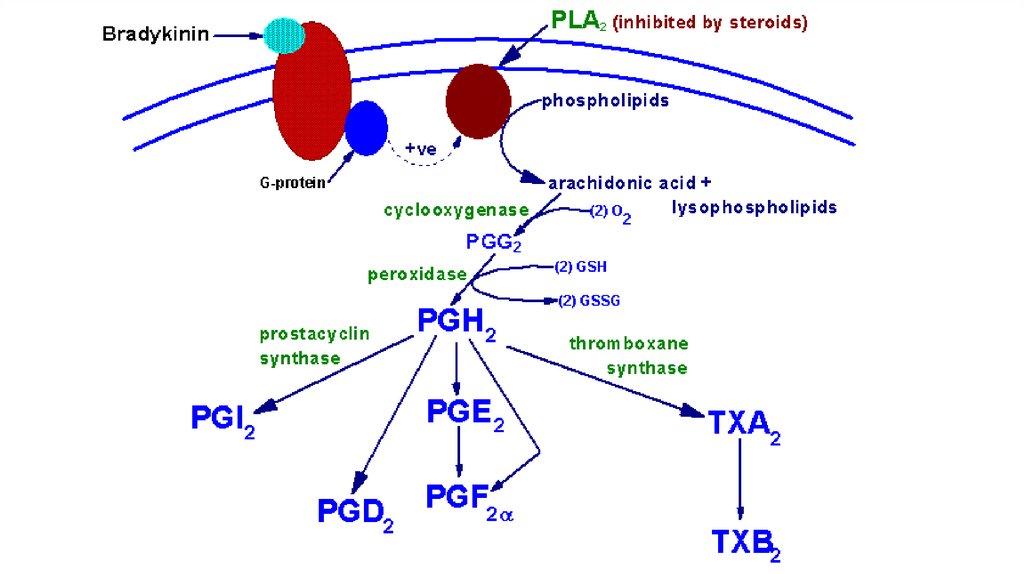

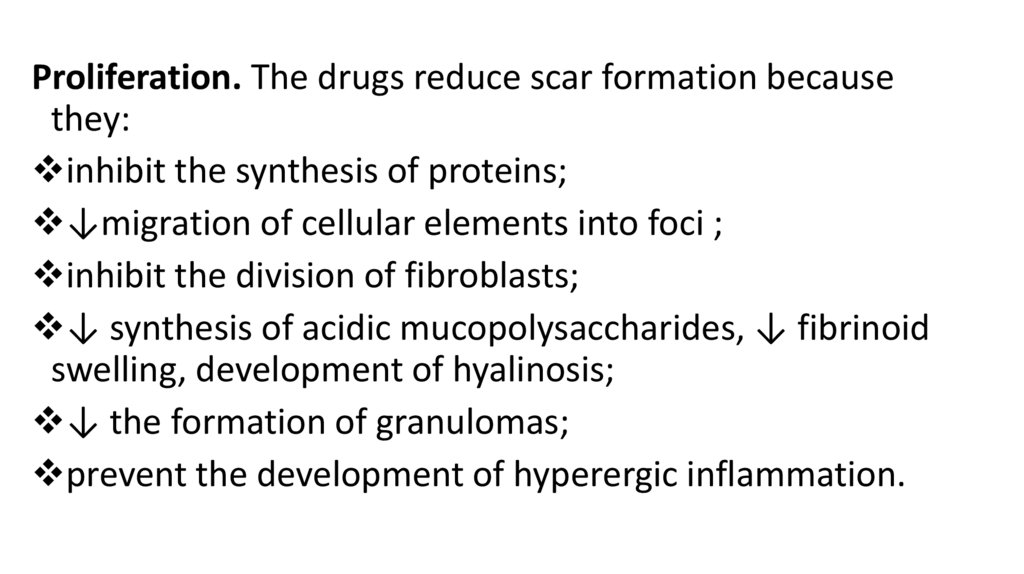
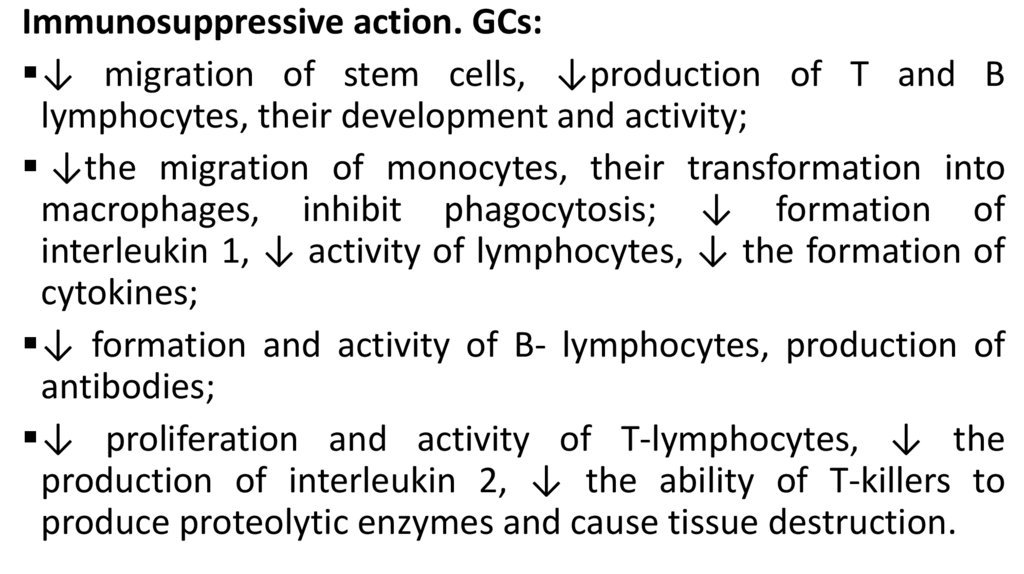
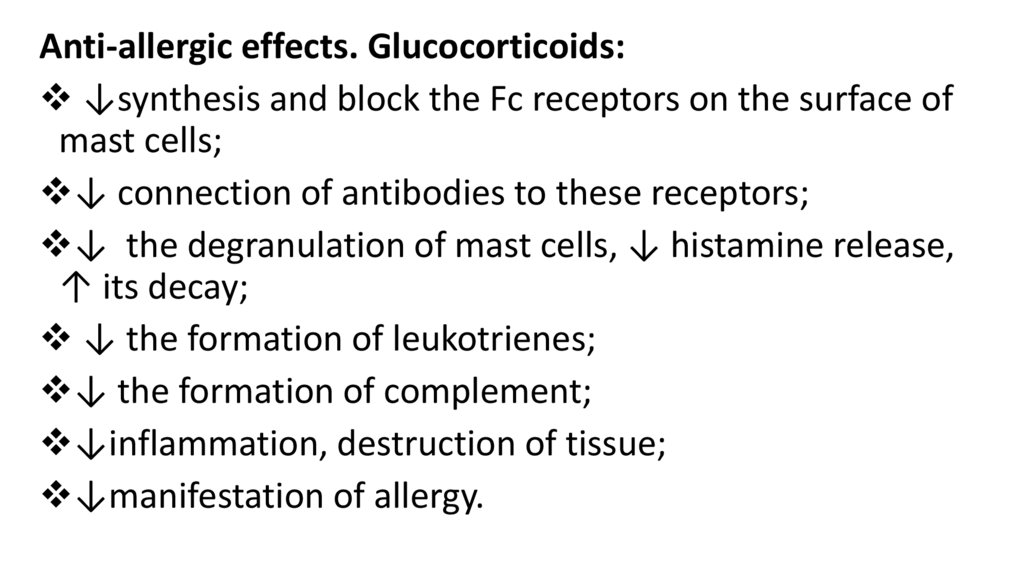



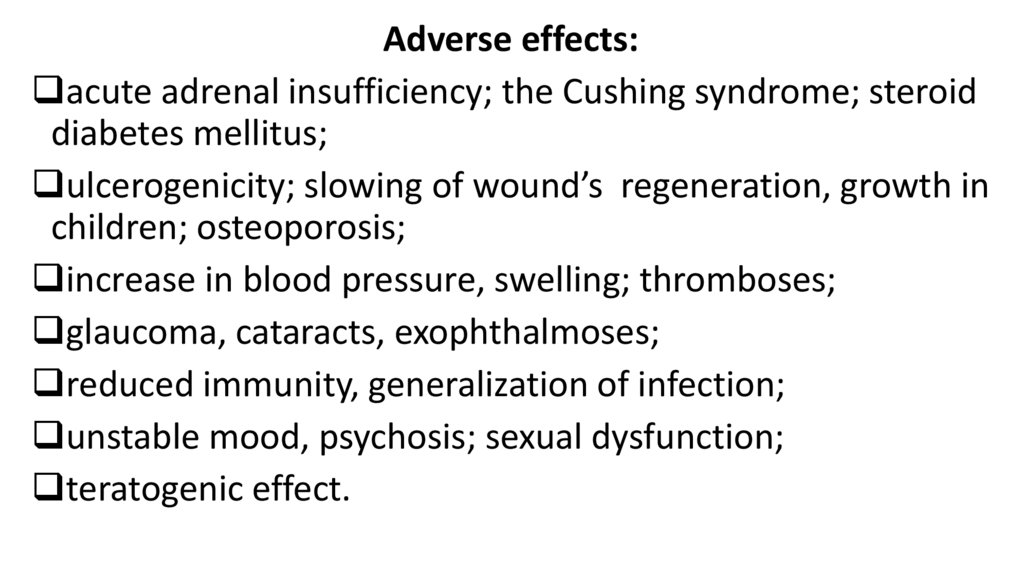











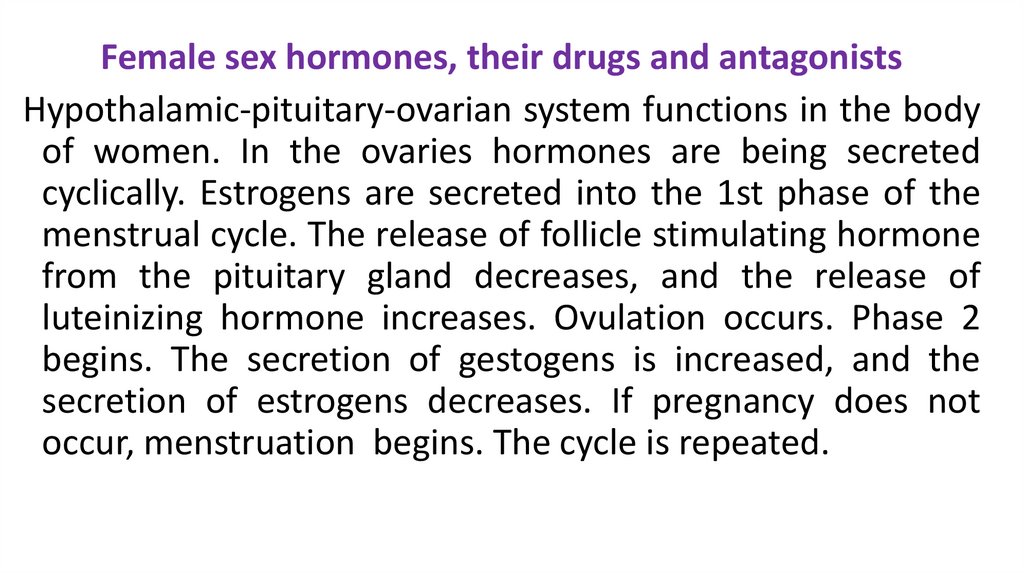












 medicine
medicine








